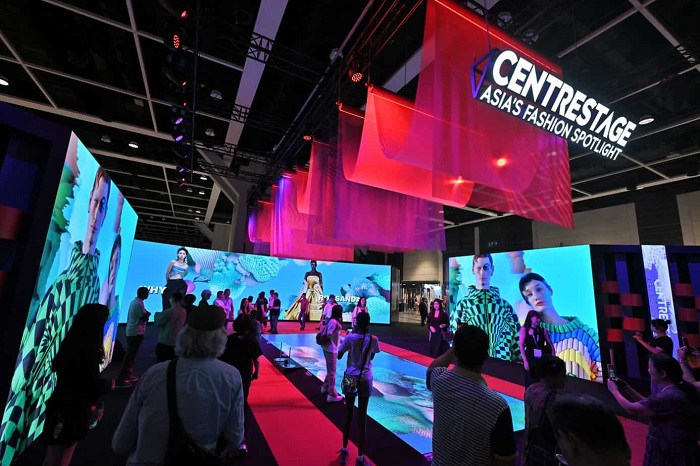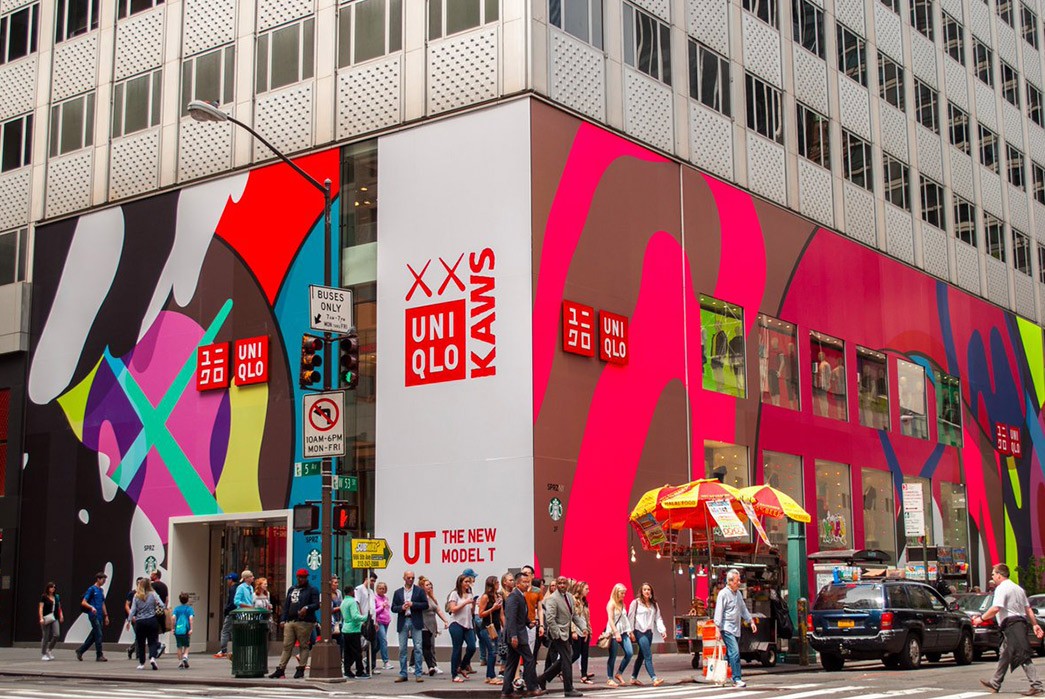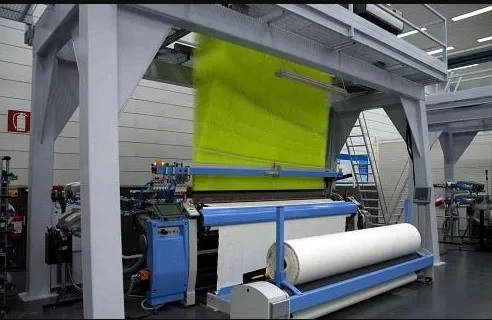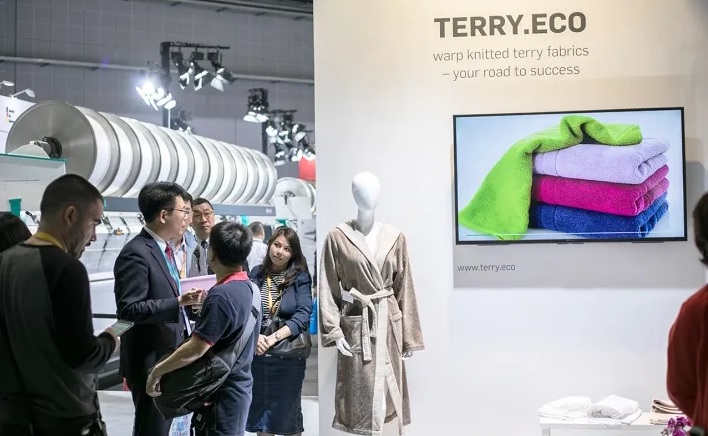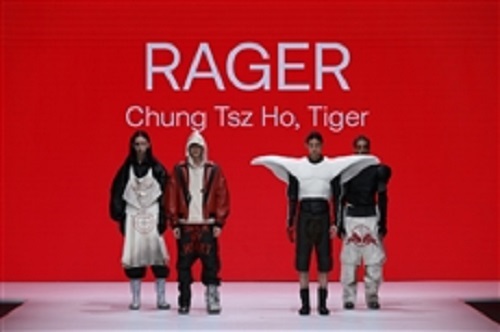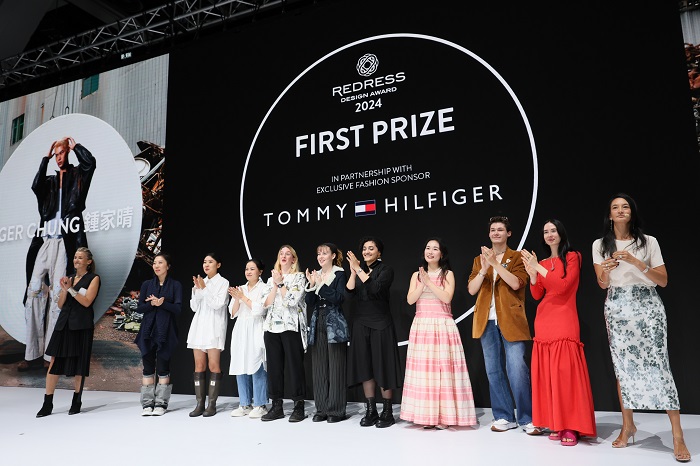FW
Investors from Thailand are looking at Vietnam with great interest. Thai garment traders and companies wish to set up joint ventures in Vietnam. They feel the Vietnamese market has the potential and therefore, want long-term cooperative opportunities with Vietnamese partners. They plan to begin by introducing Vietnamese customers to prime quality products and services from Thailand.
Bilateral trade between Vietnam and Thailand, which currently stands at $9.5 billion, is expected to increase at 20 per cent per annum to reach $15 billion by 2020. Vietnam is currently the second largest trading partner of Thailand in the Asean region. Thai garment businessmen sees great opportunities with Vietnamese counterparts especially after the establishment of the Asean Economic Community (AEC) in 2015.
AEC will transform Asean into a region with free movement of goods, services, investment, skilled labor, and freer flow of capital. It is expected to boost Vietnam’s Gross Domestic Production by 14.5 per cent and employment rate by 10.5 per cent. There will be an increasing demand for skilled labor in construction, transport, garment and textiles, as well as food processing industries.
The 10 member states within the association of Southeast Asian nations will form a single market next year with the aim of easing cross border trade and labor in a region of 600 million people. AEC could increase trade and investment flows but it could also widen inequality, with fewer jobs for women than men.
Japan is set to take part for the first time at Milano Unica to be held from Septmber 9 to 1, 2014. Milano Unica currently retains a 14 per cent increase in terms of the number of visitors from outside Italy as against the September 2013 edition despite the economic stagnation in Europe. This reflects it will remain an important exhibition for high-end markets.
Leading Japanese fabric companies will promote Japan’s quality and Japanese textile trends at Intertextile Shanghai Apparel Fabrics, the world’s largest textile show of its kind for apparel. Japanese textiles are a badge of social status. They show by their motif, color and garment shape much about Japan and its culture. In addition, they send messages to an individual’s age, rank, gender, social, political and religious affiliation. In Japan, they often denote an individual’s occupation, special function and association with special groups.
Japanese textiles demonstrate a preference for natural materials, traditional decorating techniques etc. Textiles continue to this day to demonstrate their commercial uses of a shop’s main activities. This can be seen in the present usage of noren (doorway curtain) and advertising banners.
The United States is negotiating a new trade pact with 12 Pacific Rim nations. And Vietnam looks to be the gainer in this deal. In contrast China will lose apparel market share in the US. Tariffs on products where China dominates, such as down-filled jackets and synthetic dresses, could be cut quickly, giving Vietnam an edge.
Another loser will be countries like Mexico. Right now half of US yarn and textile exports go to Mexico and other countries south of the US, where cheap labor transforms them into clothes that make it back to American shoppers, duty free. Mexico and other South American countries say their cost structure incorporates a living wage, benefits and respect for the environment while a country like Vietnam faces charges of using child and forced labor.
Clothing is a priority for Vietnam. The country could take considerable market share from China and other countries without trade preferences. Vietnam has already boosted its US-bound exports by 38 per cent since 2010 even with tariffs adding as much as a third to its costs. It’s expected to have a further rise in exports to the US while exports from Mexico, China and India would fall.
Based on labor costs alone, US and Central American textile firms are no match for their Asian rivals, although higher labor and environmental standards sought by the new pact are expected to push up costs for Vietnam.
The 2014 Textile Sustainability Conference will be held from November 9 to 12, 2014 in Portland, US. Portland is the hub for environmentally- and socially- minded brands and retailers. The conference will bring together the most respected industry names with the intent to share, listen, learn and develop scalable solutions with emphasis on every aspect of the supply chain.
The 2014 conference will be segmented into four key topics: design and materials, chemistry and processing, industry and product integrity, the big picture and emerging issues. Leaders in the textile sustainability industry are currently developing assimilated sessions and plenaries to share the latest concepts, best practices and collaborate opportunities surrounding sustainable consumer products.
This year’s conference will inspire, educate and provide the tools for everyone to drive meaningful change. The fashion industry is exploring how designers and manufacturers can move toward providing more sustainable fashion.
A number of factors contributing to a product’s sustainability throughout its lifecycle, not only the durability and utility of a product, but also the process of its production and distribution. More streamlined standards and practices across the supply chain are the best way to move toward more sustainable fashion. Several high-end brands already incorporate sustainable practices. More middle brands should follow suit.
textileexchange.org/event/2014-textile-sustainability-conference
India's cotton output is forecast at 6.3 million ton while that of China is at 6.4 million ton. India now stands a chance to grab the first position as the top cotton producer in the world in the 2014-2015 season. The acreage under cotton in India is estimated at 11.8 million hectares, up by 1.3 per cent from 2013-2014. China’s acreage decreased area by 8 per cent. China’s production in 2014-2015 would decline to 6.4 million tons.
In 2014-2015, the world cotton industry is expected to enter its fifth consecutive season in which production exceeds consumption. World production is forecast to decline by 4,00,000 tons. World ending stocks are projected to increase to 22.2 million tons at the end of 2014-2015 with ending stocks outside China forecasted to achieve a record 9.7 million tons. This expansion in world ending stocks outside China will put negative pressure on prices this season as China continues to liquidate its significant stocks.
Sales from the Chinese reserve reached 2.3 million tons in 2013-2014. During August, the government sold an additional 3,00,000 tons, which reduces estimated cotton stocks held in reserves at around 11 million tons. India’s demand is projected to reach 5.3 million tons in 2014-2015, which is the third season of demand growth.
The apparel industry in Sri Lanka is the largest single employer in the manufacturing industry providing employment to lakhs of workers including a substantial number of women. It accounts for 40 per cent of total exports. Around 350 garment factories are operating in different parts of Sri Lanka and there are around 16 textile and fabric manufacturing units in the country.
Apparel categories include sportswear, lingerie, lounge wear, bridal wear, work wear, swimwear, children’s wear. The US and the United Kingdom have been the largest buyers of Sri Lankan apparel throughout the decades. The industry supplies high quality garments to brands such as Victoria’s Secret, Gap, Liz Claiborne, Nike, Tommy Hilfiger, Abercrombie & Fitch, Marks & Spencer.
Sri Lanka has emerged as South Asia’s fashion and logistics hub. The country’s top three apparel companies are already among the world’s 50 most important suppliers. The industry has earned over $3 billion in export revenue for five consecutive years. The Made in Sri Lanka label is synonymous worldwide with high quality, reliability, social and environmental accountability. Garment makers work hand in hand with customers in forecasting trends and creating new customized ranges with innovative techniques.
Leading textile universities in Lanka turn out highly qualified graduates each year, and talented individuals are exposed to the limelight through a number of local design festivals and trade shows.
China is investing in textile factories in Ethiopia. Among the inducements are cheap labor and electricity, vast arable land as well as various quota and duty free opportunities to the US and EU markets. One of these textile plants will create more than 20,000 jobs when it becomes operational. The textile industry has been identified as one of the priority sectors for development by the government. Ethiopia is home to over 230 textile and garment industries with 20 training institutes, employing about 37 per cent of the country’s public sector work force.
Nearly 11 Chinese companies are already involved in the manufacturing of leather and leather products, textile and garments. The textile and garment sector in Ethiopia has seen continuous improvement in the production capabilities of domestic textile, garment, knitting and weaving firms.
International textile and garment companies see Ethiopia as an investment destination. Ethiopia has recently become an increasingly important destination for international buyers looking for high-end shoes because of its fine leather products and a strong commitment to quality. Ethiopian entrepreneurs have been introducing new ideas for product design, production methods, labor management, procurement, and marketing.
Egyptian cotton exports declined by 69.7 per cent in the third quarter of the agricultural season 2013-2014. This is due to the decrease of cultivated area as a result of farmers’ opting to grow other more profitable crops. The amount of local cotton consumed decreased by 68.4 per cent as a result of the increase in cotton imports as well as the shutting down of a number of spinning factories.
The amount of ginned cotton decreased by 18.7 per cent during the period between March and May 2014. Egypt’s cotton exports have been hit by a local hike in prices this year, following a decline in local production brought about by reduced acreage and the lifting of an import ban. Before the ban 70 per cent of Egypt’s spinning capacity, held by its public sector spinning companies, was dependent on cheaper, imported cotton. The ban forced them to purchase local produce, but this year this is no longer the case, and prices are higher because last year’s local stocks have been largely exhausted as a result of the ban.
As local public sector companies refrain from purchasing local cotton, importers abroad are making smaller incremental orders hoping that prices will drop throughout the season.
Bangladesh Denim Expo will take place from November 11 to 12, 2014. This is an international denim trade show and celebrates and explores the world of denim. It’s an exclusive event only for authorized trade visitors. Vendors can network, build contacts and meet others involved in the denim industry. The companies involved in sustainable solutions will also be present. Apart from workshops there will be a seminar focusing on exciting new trends, finishes and the latest washes.
The aim of the expo is to showcase Bangladeshi denim brands to the global market and to make Bangladesh a one-stop sourcing platform for denim. Bangladesh is currently the second largest country which exports denim to Europe and the third largest in exports to the US.
A total of 11 foreign participants took part in the last denim expo while organisers are expecting a bigger turnout of apparel entrepreneurs, businessmen, fashion professionals and stakeholders of the industry from the US, Europe and several Asian countries. At present, there are 25 denim fabric manufacturers in Bangladesh. The country earns around $600 million per annum from denim exports to the global market.
The event is aimed at creating a platform for Bangladeshi denim makers and helping them yield a greater brand value in the global market.
Italy based Itema sold in the first six months of this year 12 per cent more weaving machines compared to the same period last year. The group turnover has been increasing 10 per cent year on year. Itema, is a provider of advanced weaving solutions, including weaving machines, spare parts and integrated services.
The highest improvement in performance comes from the Indian subcontinent, in particular from Itema India, after the major turnaround actions implemented in the first quarter of 2014. Less satisfactory results so far come from China and from airjet weaving machine sales, both due to a significant slowdown in the Chinese weaving machine market.
Itema launched two new avant-garde airjet models and two new rapier weaving machine models at ITMA Asia 2014 in Shanghai. The rapier R9500 model has been a hit worldwide. It was launched less than two years ago and accounts for 50 per cent of all Itema weaving machine sales compared to 30 per cent in 2013.
An impressive comeback this year is the spare parts business. The company is on track with the implementation of lean manufacturing across Itema’s manufacturing and assembly lines. Itema will continue to respond quickly to market changes and have a strong focus on excellence and innovation.
www.itemagroup.com/


